by Wallace Wyss –
The Porsche family were Austrians. They were doing pretty well developing race cars in the early ‘50s, especially the mid-engined Porsche 550 Spyder, but it bothered them that a fellow Austrian, Carlo Abarth, working in Italy, was achieving miracles with Fiat-based cars because of his aerodynamic bodywork.
So there was only one thing to do—swallow their pride and go hat in hand to Carlo to see if Porsches would be faster if he rebodied them as Abarths. This was with the 356B aiming for the 1960 season.
They were hoping to have Zagato design them and build them but the actual chronology is a bit muddled.
Zagato, after agreeing to do them, subcontracted them and the intrigue began. REVS Institute, who owns a Porsche 356 Abarth Carrera (the silver car shown here), says,
Without Porsche’s knowledge, Abarth hired Franco Scaglione, formerly of Bertone, to design, and the Viarengo & Filipponi Coachworks to build, the new body. Rocco Motto did the cars but the owner of Rocco Motto took off with the job unfinished.
A debate continues half a century or more later over how many were made, some say 20 others say 21.
You can see how much different they are than the 356-based cars. Lower for sure, more aerodynamic, REVS Institute saying 15% better.
No worry about bumpers. And at least 100 lbs. lighter than the all-German 356s. And the rear deck lid has louvers everywhere, some more than others, which of course drove the Germans crazy, why can’t those Italians build two alike? There was also sort of a door that opened to let in cooling air. It was all very rudimentary.
There were two built in fairings for fog lamps at the nose.
The Porsche 356 Abarth Carrera measures only 3.88 meters long and tipped the scales at 780 kilos. The engine was a 1.6-liter four-cylinder four cam type 547. You hear a lot of ratings, but in general the lowest power one was 115 hp. And the most highly tuned could crank out 135 hp. to 145 hp.
Top speed was 220 km/h toward the end they began installing the two-liter Carrera engine rated at 175 hp.
The price at the time was $6200 and most were sold to racers before the public even knew of them being available. They are a very noisy car to drive, not much muffling going on in vintage racing.
Entry and exit is very difficult for a large person, let’s just say it was just fine for Italians (another thing that probably made Porsche angry).
The seats are sort of wraparound at the hips so unless you are narrow waisted, you may have to ask for help getting yanked out.
Insulation material was left out as was a heater or blower. The side windows were plexiglass, raised and lowered by a leather strap.
The engines are highly tuned. Like they idle at 2000 rpm. In fact a characteristic of the 4 cam is that it does not like to run at under 4000 rpm. Porsche never intended it to be cruised in racing, they built it for those who would drive accelerator pedal flat to the floor.
Another thing that aggravated Porsche was the lack of any planning for water that got inside the car (maybe they left off rubber seals at the doors?)
Porsche 356 Abarth Carrera
On the one the REVs Institute owns, they say,
At Le Mans, driven by Herbert Linge and R.J. Walter, this car was the factory’s sole GT entry”.
Timed at 138 mph on the Mulsanne straight, Linge said the car was still accelerating past the speed trap.
Unfortunately for Linge and Walter, the race was a wet one. The Abarth body allowed water in, the Porsche floor pan didn’t let it out. Seats and floorboards were awash most of the 24 hours.
The car was built when Porsche was already planning a mid-engined coupe, the 904 GTS. So it was just a place holder, you might say, to test the engine that would go into the 904. At Le Mans in 1960, finishing in tenth place overall, was a Porsche 356 B 1600 GS Carrera GTL Abarth. Sharing the cockpit were Herbert Linge and Heini Walter, who also won the sports class – as the Abarth was not yet homologated to contest the GT category.
They come up so rarely I wasn’t able to find a “comparable” price at auction but I would venture to say that a full documented one with a racing history at a major world class event like Le Mans would start at a million dollars plus—quite a bit for a car whose “moment of glory” barely lasted three seasons.
It’s too bad that Porsche and the Italian coachbuilders didn’t get along, because there could have been a welcoming of aerodynamics–and a love of rounded forms– earlier in Porsche’s racing ventures….
Let us know what you think in the Comments and share images in the Comments.
THE AUTHOR: Wallace Wyss is the author of Janis Joplin’s Psychedelic Porsche 356 and 49 other stories, available from Enthusiast Books (715) 381 9755. A list of Wyss’ 356 fine art prints can be ordered from Wyss by writing mendoart7@gmail.com.
This was originally posted in December 2016.

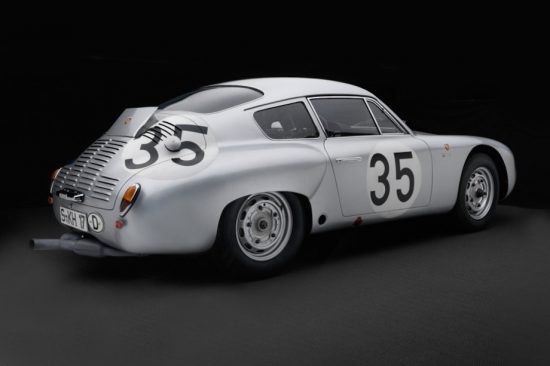
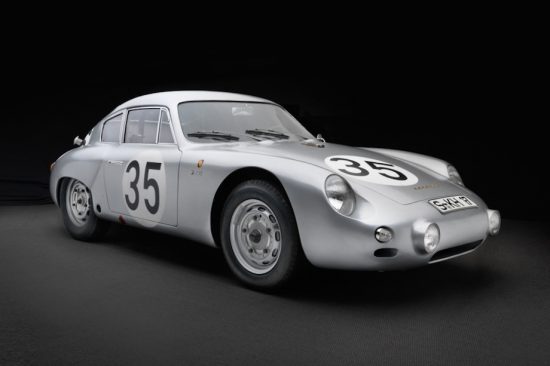
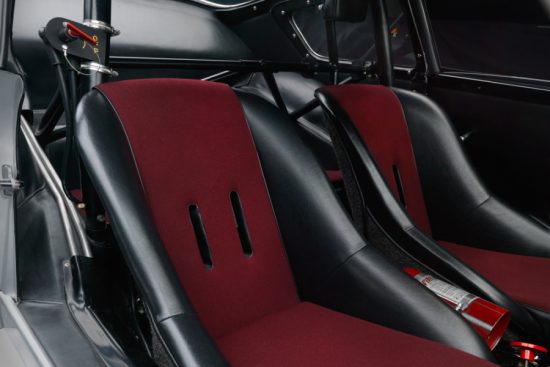
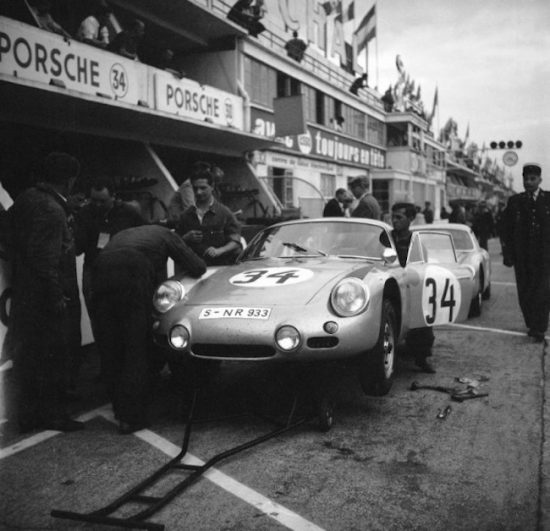

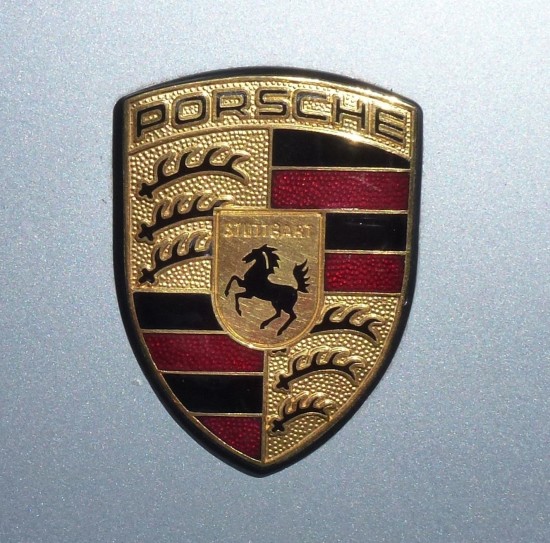

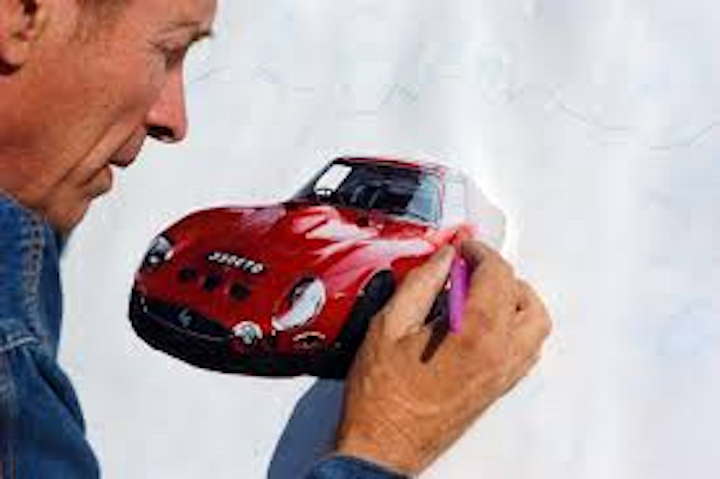

Readers might be interested in the article I wrote on this car and the relationship to the development of the 911. The article is in the December (last months) issue of Vintage Road Car.
Thanks Raffi – great minds think alike.
I have so much respect for both German designs and Porche and so many Italian designers and integrators including Abarth and Pininfarina for example. Can understand how egos here would prevent a marriage then and probably today. Does anyone know of a significant German/Italian car collaboration?
Merry Christmas and Happy New Year to all. This has been a nice and interesting blog.
Aloha,
Jim Hunt
Collaboration yes. Significant maybe. The Karman-Ghia VW.
C Winkler
So you, as the restorer, have to set realistic goals as to exactly what parts of the car you
are going to restore to their original states and what parts of the car you are willing to restore “as close as possible” to their original states.
Producing a very light car will drop its fuel consumption, and oil companies will
not appreciate this. According to Campbell Fuller, spokesman for the ICA,
buyers need to contact their insurer before agreeing to a purchase.
And now Zagato plans to build nine Zagato Porsche Coupes. I believe Spike Fereston is on the list to have one built.